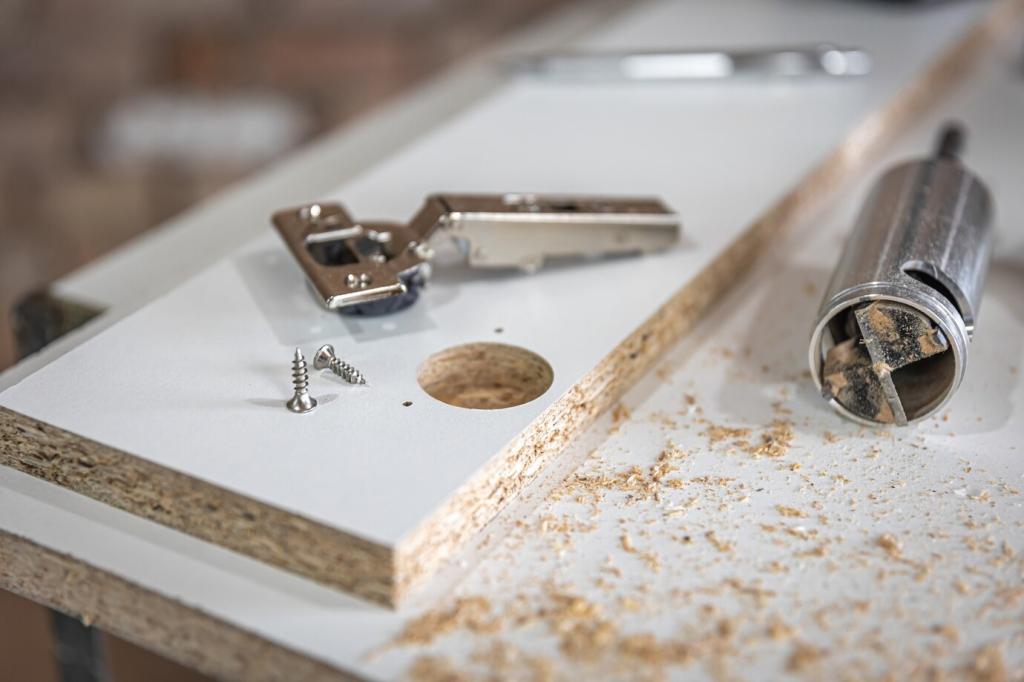Softwood Standouts: Pine, Cedar, and Douglas Fir
Pine’s frequent knots and resin scent make it easy to spot. Because it dents easily, use coasters, soft cloths, and pads under lamps. Seal resinous knots with shellac-based primer before finishing, and wipe gently with pH-neutral cleaner to preserve the tender surface and golden glow.
Softwood Standouts: Pine, Cedar, and Douglas Fir
Western red cedar’s distinctive aroma and color variations signal its identity. Its natural oils deter insects but can interfere with some finishes. For chests, lightly sand the interior to revive scent. Outdoors, clean with mild soap, then apply breathable finishes to manage moisture gracefully.








